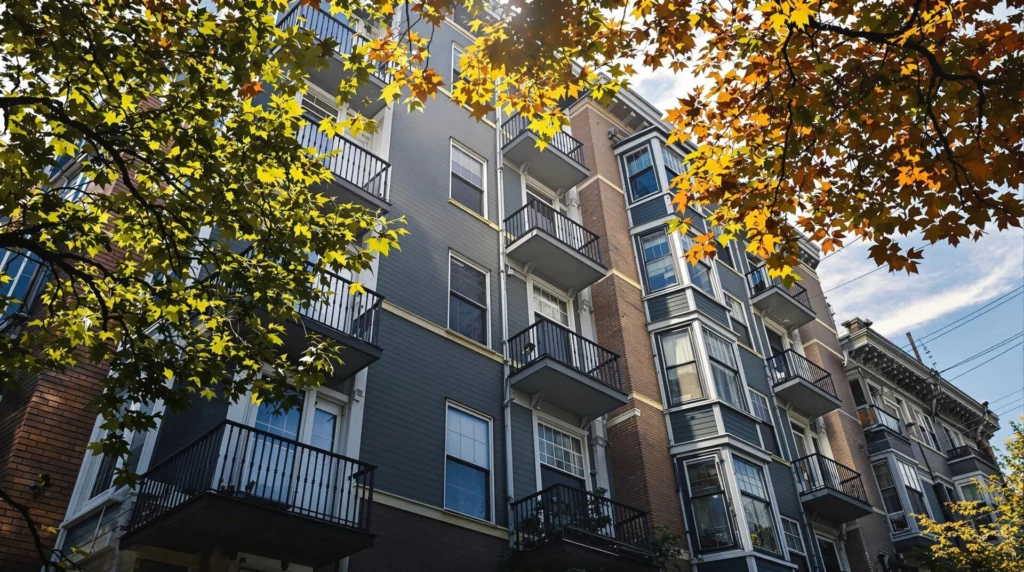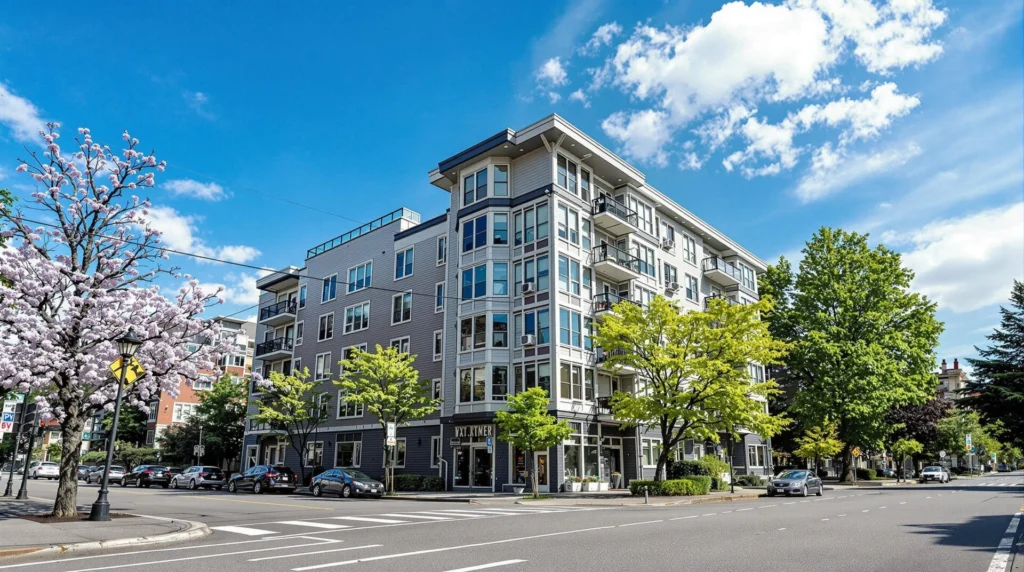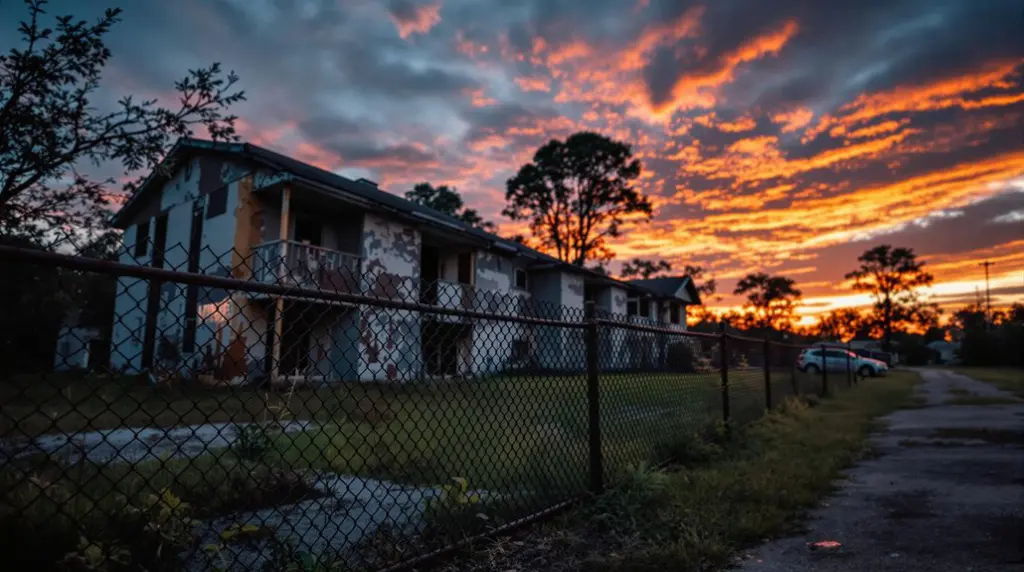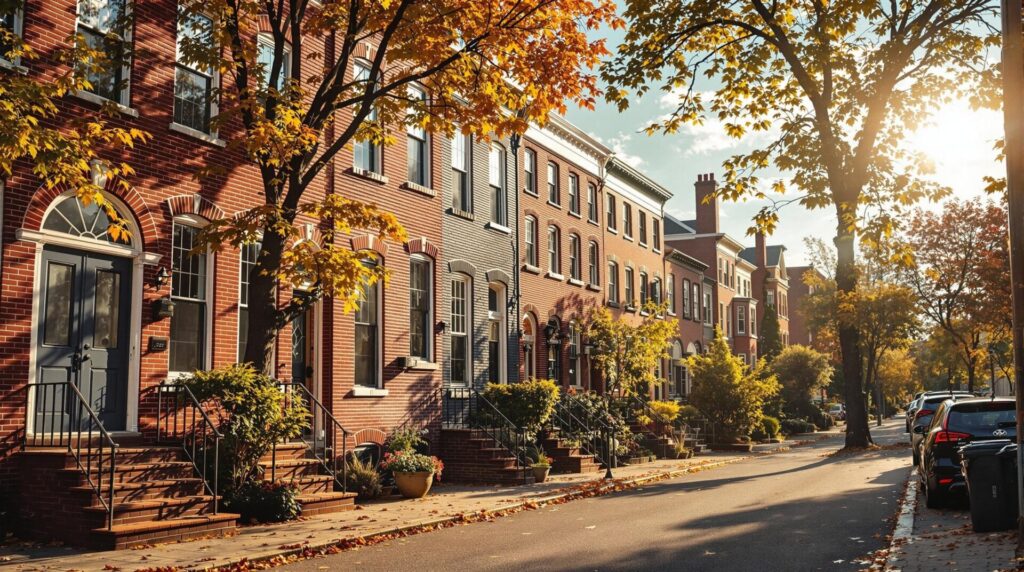Key Takeaways
- Portland’s rental market is seeing its strongest recovery in years with rising rents and tightening vacancies.
- Workforce housing and core neighborhood multifamily properties are driving investor interest.
- The rebound signals long-term hold opportunities as demand outpaces new construction.

Portland, OR – After months of stagnation, Portland’s rental market is finally bouncing back.
A new report released Tuesday reveals that rents across the city have begun to climb again, while vacancy rates are tightening, sparking renewed interest from investors who had grown wary of the city’s previous slump.
According to the data, average rent prices in Portland rose 3.6% year-over-year, marking the city’s strongest rental growth since early 2022.
At the same time, vacancies have dipped below 5%, a crucial threshold that signals stabilized demand and reduced tenant turnover.
What’s Fueling the Recovery?
Portland’s rebound is fueled by a confluence of factors: increased in-migration, a strong labor market, and a slowdown in new construction starts.
With fewer units hitting the market and demand steadily rising, landlords are regaining pricing power, and investors are once again running the numbers on multifamily deals.
Neighborhoods like the Pearl District, Hawthorne, and Alberta are seeing particularly strong rent gains, driven by lifestyle demand and proximity to employment hubs.
Class B and workforce housing are also outperforming, offering the best returns in the current environment.
Demand Shock Drives Up Prices and Profits
With more than 10,000 new residents moving into the Portland metro area in Q1 alone, competition for rentals has intensified, particularly in neighborhoods like East Portland, Alberta, and Sellwood.
Studio and one-bedroom units are leasing within days, and multifamily developers are racing to catch up.
Portland Rental Market Highlights – April 2025:
- Annual Rent Growth: +8.7%
- Median Rent (All Units): $1,842/month
- Rental Vacancy Rate: 2.1%
- Top Growth Areas: Alberta, Sellwood, Lents, East Portland
Buy-and-Hold Strategy Gains Ground
For real estate investors, Portland’s recent surge in rent growth highlights the resurgence of buy-and-hold strategies.
Stabilized cap rates in the 5.6% to 6.3% range, combined with limited new inventory and strong tenant demand, are driving up net operating income (NOI) in small and mid-size multifamily properties.
This climate is particularly favorable for value-add investors, who are finding lucrative opportunities in Class B and C properties.
With moderate renovations, these assets can generate meaningful rent premiums without requiring excessive capital outlays.
Portland’s investment landscape has reached a turning point. After years of policy uncertainty and pandemic-induced volatility, the city is regaining its appeal as a viable long-term market.
Multifamily properties that once languished on the market are now attracting competitive bids, while value-add opportunities in up-and-coming neighborhoods and stabilized assets in prime locations are back in demand.
Although local regulations remain a factor to consider, Portland’s strengthening fundamentals and growing tenant pool have rekindled investor interest, making it an opportune time for those adopting a buy-and-hold approach.
Assessment
Portland’s rental rebound isn’t just statistical—it’s strategic.
RELATED CONTENT
With rents rising and vacancies falling, the city is quietly shifting back into the green for real estate investors.
For those who stayed patient or waited on the sidelines, the door is now swinging back open.
Timing, as always, is everything.





















